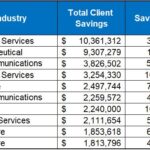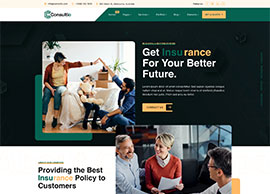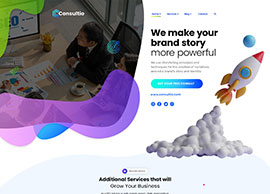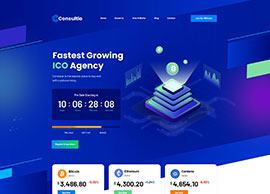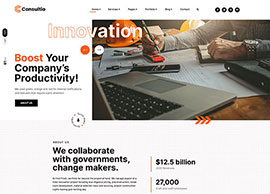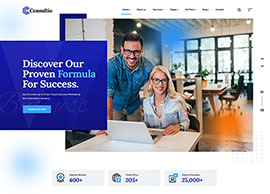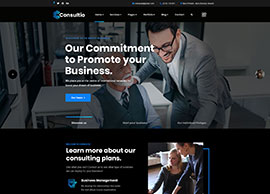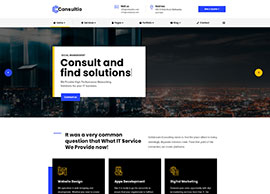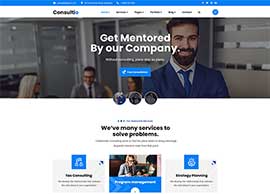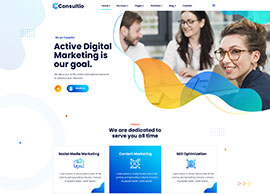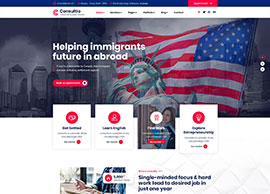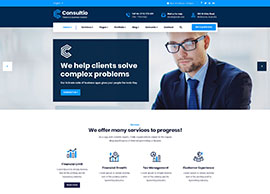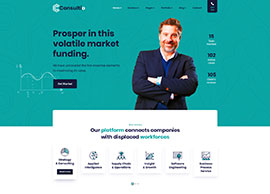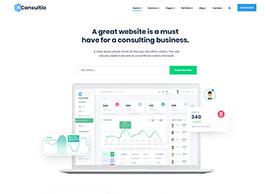What most people think of when they are referring to carrier spends, is packages generated from warehouses or shipping departments by dedicated and trained staff. We work with organizations that could have hundreds to thousands of locations that need to be managed to control their carrier cost. Most of the spend never touches a shipping center, is not a core shipping function (including documents, samples, computers etc.), and will be processed by end users with little experience. This creates unique challenges and opportunities for savings that often get missed. 
At a corporate level, many organizations will use a third-party company to audit their carrier bills, looking for late shipments or items that do not adhere to their contract. Some entities may also use a service to help negotiate their rates. Where we see the biggest gap is the way the spend is managed inside the organization that can have the largest impact on costs.
Administrative Challenges
We can divide most organizations into three themes of oversight: Centralized, Decentralized or Hybrid.
- Centralized – A carrier provided (UPS CampusShip or Fedex.com) or multi-carrier acquired system is in place to manage the users and shipping transactions. This will have an administrator who controls the users and locations.
- Decentralized – Locations will sign up their own accounts on the carrier websites and manage remotely
- Hybrid – A centralized system is in place at a headquarters or a group of locations, but many are not included and will manage their spends in a decentralized fashion.
We try to drive our clients to the centralized oversight because it will provide the best opportunity for savings.
Regardless of the oversight method, there are the same challenges that need to be managed.
- Account Management – Organizations manage their carriers by either having one account and different cost centers by location, or more commonly, having separate accounts by location rolling up to one main carrier number. This can get out of hand quickly and as an example, we have one client, that prior to us starting with them, had over 5000 carrier accounts to manage 2000 locations.
- Best Practice – Have central controls about adding and removing carrier accounts. Try to consolidate them where possible and have one party control the account number requests to the carriers.
- User Management – Adding and removing users may seem trivial, but it is the hardest part of managing the spend across the organization. New users need to be added as they come onboard and removed when they leave. Many organizations will seldom, if ever, purge non active employees who still have the ability ship until they are deleted from the systems.
- Best Practice – New multi-carrier acquired shipping tools can do single sign-on which means it is connected in real-time to your corporate address book. Employees are automatically added and removed. If you are using a carrier provided system, set up a process to export your active users from your system weekly or monthly, do a compare of your corporate address book and add and remove the changed users.
- Rights Management – With todays shipping tools you can control what the users see and do on the systems. Many organizations will not optimize this functionality and it can add to significant overspending.
- Best Practice – Set up standards about what users can ship. The most common is to have different profiles that can be set up by title or need. An example would be a VP or above can do 8:30 next day shipments, Manager or Director can ship 10:30 next day and everyone else would default to 2:30 next day. There could also be defined default carriers, service levels and cost centers set up to ensure compliance.
- Issue Management – With a diverse set of users, you will have varied issues that will need resolution. These could be as simple as a password reset to a technical question about the system functionality that needs to be resolved instantly so they can get an urgent package out the door.
- Best Practice – Set up a dedicated resource that is trained in all aspects of the system and has access to the administration functions of the tool to make changes. Also, have a case management system to document the activities, validate resolution and provide notes so best practice tips can be shared throughout the organization.
- Reporting – This is where most organizations drop the ball. They know holistically from their invoice what they are spending and since they may be using an audit service to look for overcharges, they feel they are covered. Reporting is the number one way to reduce costs because if done correctly, can implement change. It can show where there is overspending, and the data can be shared with the key stakeholders to drive different behaviors with their teams.
- Best Practice – These are the most effective reports that we have found for our clients that drive savings. They may be manual to create but have the greatest savings impacts.
- Next Day Savings – Shipment savings by converting next day 8:30 and 10:30 delivery to 2:30.
- Same Delivery Time Savings – Savings by optimizing the carriers for the same delivery time using a lower cost shipping service. Examples:
- Next Day end of day to Ground for local zones.
- Two and Three Day to Ground for zone 3 and 4.
- Two, Three Day and Ground compared to USPS Priority.
- Interoffice Mail – Shipping costs by location and method between facilities. Packages can be consolidated, and different methods used to optimize the spends.
- 8:30 Delivery – Which groups used this very expensive service the most.
- Active Users – Report all active users on the system to compare to the corporate directory.
- Potential Theft – Packages that were not shipped from or to a corporate location or sent to one of the main e-tailers like Amazon.com.
- Incident Report – Listing of all employee issues and requests with final resolution and response date.
- Best Practice – These are the most effective reports that we have found for our clients that drive savings. They may be manual to create but have the greatest savings impacts.
- Reporting Review and Disbursement – The only way reports are effective is if the information is reviewed and there is a process for getting the data to the right parties to who can impact change. With our clients, we have found that creating monthly review meetings with the data and then coming up with a plan for the best ways to action the information is the most effective. This could be running corporate education or going to specific end users and helping them understand the cost impacts of their shipping choices. The key point is that your users understand that this data is being watched and that everyone needs to play their part in making the best choices.
- Technology – There are new multi-carrier acquired shipping systems that can make this process easier and we are seeing a lot of movement for the following reasons:
- Rate Shopping – These systems can compare your discounted rates and service levels across multiple carriers at the time of shipment; making it easier for your end users to make the best choices.
- USPS Stamp Printing – Some of these systems can let your users generate USPS postage stamps at $.50 per piece. This can reduce the need for postage meters or trips to the Post Office. More importantly, it can keep users from sending non-critical items through expensive overnight services.
- Single Sign On – They can eliminate the manual user management discussed above because it is connected real time to your corporate address book.
- Easy to Implement – Since the newest systems are cloud based and remotely hosted, there is little to from an IT perspective.
- Simplified Reporting – Many of the reports mentioned above can be automated through the newest tools.
The key to any new technology is it needs a proper process to implement, onboard and train to make sure it is widely used and accepted.
Organizations are spending millions of dollars in carrier expenses and not looking at the items above that can drive the greatest cost savings. They push the responsibility to the lowest level employees with limited tools and resources to optimize the process. With the right oversight, reporting and systems it can provide the greatest opportunity for savings and the ability to change behavior to focus on making the best choices.


